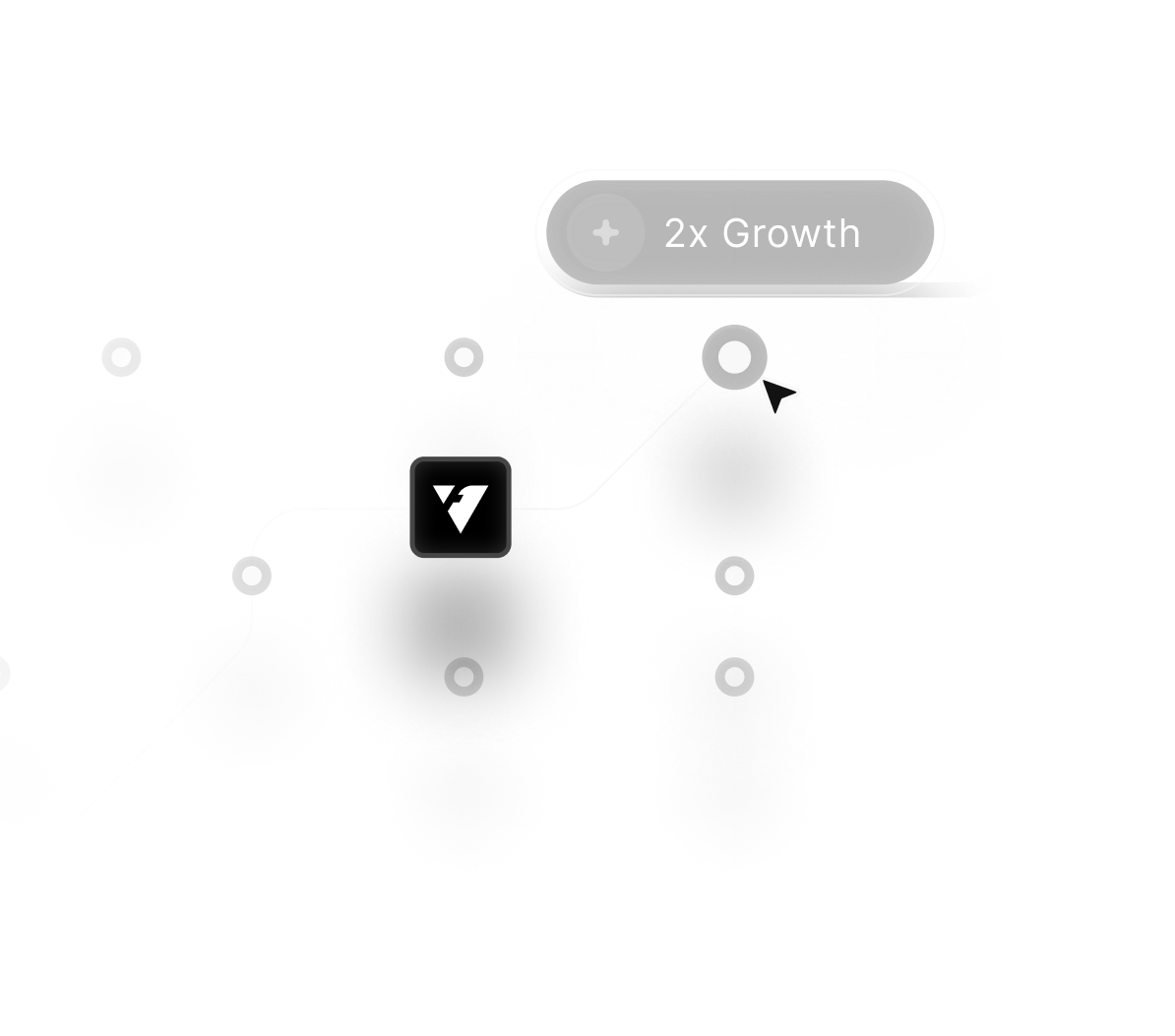Understanding UX vs UI: Exploring the Design Differences 2025
Differentiating UX from UI helps teams create functional interfaces that delight users while achieving business goals and measurable engagement in 2025.


UX focuses on how users interact with products, aiming for smooth and intuitive experiences.
UI emphasizes visual design, ensuring layouts, colors, and typography appeal effectively to users.
Understanding the distinction helps teams allocate resources for usability and visual aesthetics. Good UX identifies pain points and optimizes flows, reducing friction and boosting engagement levels.
UI design ensures interfaces are attractive, consistent, and guide users through interactions naturally. When UX and UI complement each other, products deliver satisfaction and functional efficiency daily.
Clear workflows and visually cohesive designs enhance accessibility and brand credibility significantly. Analyzing user behavior and feedback informs improvements in both UX and UI strategies continually.
Effective design integration drives higher conversion rates, loyalty, and long-term business outcomes.
"Strengthen your digital products through thoughtful UX and UI integration.
Schedule your free expert session now."
Understanding UX vs UI: Exploring the Design Differences 2025
The terms "user interface" (UI) and "user experience" (UX) are commonly used in the tech industry, and they are sometimes used interchangeably, leading to confusion. However, it's essential to understand the distinct meanings of these terms and the roles associated with UX and UI design.
- UI specifically refers to the visual components such as screens, buttons, toggles, icons, and other elements that users interact with when using a website, application, or electronic device.
- On the other hand, UX encompasses the entirety of the user's interaction with a product, including their overall feelings and satisfaction with the experience. While UI can influence UX, they are separate entities, and designers have distinct roles in each.
This discussion will delve into the overlapping and differing aspects of the roles of UX and UI designers, helping you discern which path aligns better with your interests and skills.
Additionally, we'll explore potential avenues for starting a career in either field, even if you lack prior qualifications or experience.
1. What is the difference between UI and UX?
Crafting a product that resonates with users often hinges on the synergy between effective UI and UX. Consider a messaging app like WhatsApp, where a visually appealing design and user-friendly navigation (UI) contribute to a positive experience.
However, if the app suffers from slow loading times or requires excessive clicks to send a message (UX), the aesthetic appeal becomes irrelevant, and users are less inclined to use it.
Conversely, imagine a website brimming with valuable, well-organized content and an intuitive structure. While the UX ensures a seamless and logical flow, if the website's appearance feels outdated or the navigation is cumbersome, users may find it challenging to engage and might opt to navigate away from the site. In essence, achieving a balance between compelling UI and seamless UX is imperative for cultivating user satisfaction and sustained engagement.

2. Workplace Commitments: Outlining the What They Do
Both UI and UX designers are integral contributors to the product development process. Let's delve into the specifics of each role.
UX designers concentrate on crafting a positive user experience with a product. Their objective is to ensure functionality, accessibility, and overall user enjoyment. While commonly associated with digital products, UX principles extend to non-digital realms, encompassing items like coffee pots or transportation systems. Typical tasks for UX designers involve:
- Conducting user research to understand product-related goals, needs, behaviors, and pain points.
- Formulating user personas based on the characteristics of target customers.
- Constructing user journey maps to analyze customer interactions with a product.
- Creating wireframes and prototypes to visualize the final product.
- Executing user testing to validate design decisions and identify potential issues.
- Collaborating with stakeholders, UI designers Work, and developers to ensure a cohesive approach.
UI designers craft the visual aspects of digital interfaces in mobile apps, websites, and devices—focusing on user interaction. Unlike UX, which spans various products and services, UI is specific to digital products. UI designers strive for visually appealing and user-friendly apps and Websites. Their tasks include:
- Arranging page layouts
- Selecting color palettes and fonts
- Creating interactive elements like buttons, scrollers, toggles, drop-down menus, and text fields
- Producing high-fidelity wireframes and layouts for the final design
- Collaborating with developers to implement designs into a functional product.
3. Do professionals combine UI and UX responsibilities?
Look for UX jobs online, and you might see companies wanting UI/UX designers. Some companies want people who know both things, but if you look closely, the job might be more about either UI or UX.
When you search for jobs, focus more on the things they want you to do and the skills they need, rather than just the job title.
Capabilities
While UI and UX designers possess some similar skills, each role necessitates a unique set of abilities.

Learning Endeavors
Although a degree is not required for employment as a UX or UI designer, having one may commonly open doors to new opportunities. Several educational institutions offer specialist degree programs in UI/UX design. Those interested in working in UX design may pursue degrees in subjects such as computer science, psychology, or design. UI designers, on the other hand, may have degrees in digital design, graphic design, or interaction design.
Income
As per Glassdoor data from June 2025, the mean annual income for UI Designers in India stands at ₹5,00,000. In contrast, UX designers command an average salary of ₹7,66,500. Various elements, such as your geographical location, industry, level of expertise, and educational history, can influence your remuneration.
How do I decide if UI or UX suits my preferences and skills?
All UI and UX designs provide profitable and in-demand job options. The decision between the two is influenced by your aims and interests. If you are drawn to technology, love variety in your career, and enjoy problem-solving, user experience design may be the right path for you. However, if you have a creative mind and a good aesthetic sense, user interface design may be your calling.
To help you make an informed decision between UI and UX, consider the following:
- Enroll in classes for both UI and UX to gain firsthand experience.
- Dive into popular UI/UX blogs and podcasts to learn from industry experts.
- Connect with professionals in the field on LinkedIn for informational interviews.
- Engage with online design communities to seek advice and ask questions.
Additional Roles in User Experience
The realm of UX encompasses more than just UI and UX designers. If you're considering a career in UI/UX, explore these additional related roles:
- UX Researchers: Analyze the goals, needs, wants, and challenges of a product's users.
- UX Writers: Craft the text for websites, apps, and digital products.
- Interaction Designers: Concentrate on how users engage with digital products in a broader context.
- Developers: Transform designs from UI and UX designers into functional software, websites, or applications.
- Product Designers: Guide the entire process of bringing a product or service from concept to reality.
- Content Strategists: Supervise the planning and creation of marketing content throughout a project's lifecycle.
Conclusion
Recognizing the differences between UX and UI ensures stronger and more intuitive product designs. Focusing on user behavior and interface aesthetics enhances engagement and satisfaction daily.
A balanced approach reduces friction, increases conversions, and builds loyal user communities. Clear design strategies allow seamless interactions that reflect professionalism and credibility.
UX ensures efficiency and usability while UI strengthens visual appeal and navigational ease. Integrating both disciplines supports scalable and adaptable solutions for diverse audiences.
Continuous testing and iteration keep designs relevant, intuitive, and visually cohesive consistently. Aligning UX and UI strategies drives long-term growth, adoption, and business success effectively.

FAQ
1. What is the main difference between UX and UI design?
UX focuses on user interactions and experience, while UI emphasizes visual elements and interface aesthetics.
2. Can a product have good UI but poor UX?
Yes, visually appealing interfaces can still frustrate users if usability and workflows are poorly designed.
3. Does UX impact business success?
Absolutely, improved UX boosts engagement, conversions, and customer retention for measurable business outcomes.
4. How often should UX and UI be updated?
Regular updates based on user feedback, trends, and analytics ensure designs stay intuitive and relevant.
5. Are UX and UI handled by the same team?
Sometimes, but many companies separate roles to allow specialists to focus on interaction design or visual design.
6. Can UX and UI be measured?
Yes, usability metrics, conversion rates, engagement levels, and satisfaction surveys provide actionable insights.















































